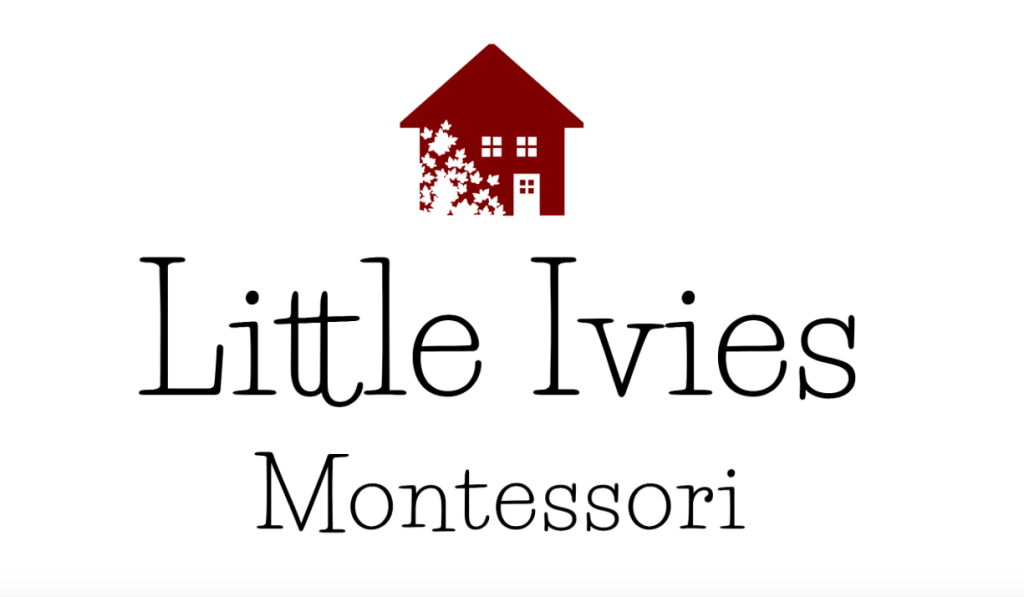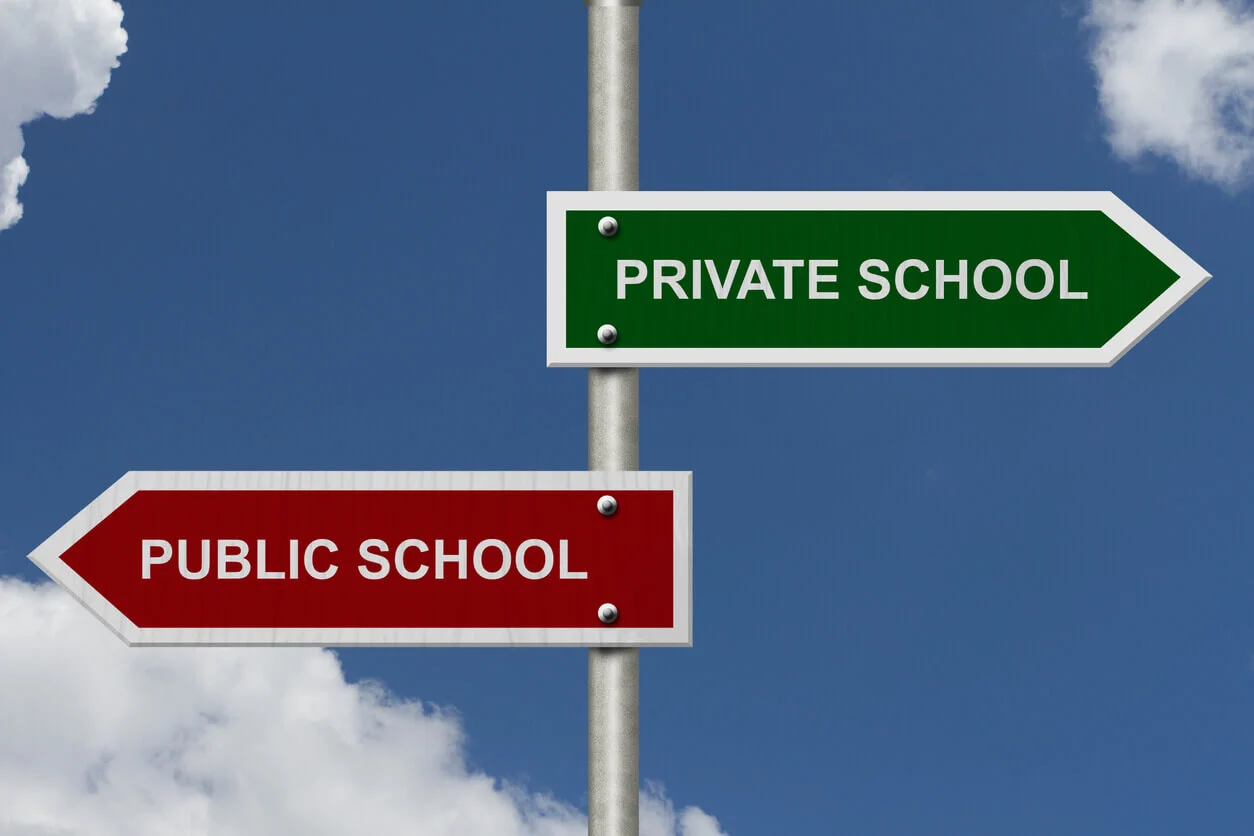Education is a fundamental right that every child should have access to. The type of school, a child attends is an important decision that parents must make. The choice between private and public schools is one that many parents grapple with. Each type of school has advantages and disadvantages, and there is no one-size-fits-all answer. In this article, we will compare private and public schools, weigh their pros and cons, and help parents make informed decisions.
Public Schools vs. Private Schools
Public schools are institutions that are funded and run by the government. They are open to all students, regardless of their socioeconomic background. On the other hand, private schools are run by private entities and funded through tuition fees and donations. Private schools cannot admit students based on academic abilities, religious affiliation, or other criteria.
The cost is one of the most significant differences between public and private schools. Public schools are free, and parents cannot pay tuition fees. Private schools, on the other hand, can be quite expensive, with annual tuition fees ranging from a few thousand dollars to tens of thousands of dollars.
Private Schools vs. Public Schools Education
Regarding education, both public and private schools offer a wide range of programs and extracurricular activities. However, private schools often have smaller class sizes, which allows for more personalized attention and a better teacher-to-student ratio. In public schools, the class sizes are usually larger, and students may need more individual attention.
Private schools also tend to have more resources and a better-funded curriculum. They can offer a wider range of courses, from advanced placement classes to specialized music, art, and athletics programs. Public schools may need more resources to provide such programs.
Private vs. Public Schools Pros and Cons
There are advantages and disadvantages to both private and public schools. Let’s look at some of the pros and cons of each type of school.
Pros of Private Schools
- Smaller class sizes and personalized attention.
- High academic standards and better-funded curriculum.
- Specialized programs and extracurricular activities.
- More resources and facilities.
- Stronger parent involvement and support.
Cons of Private Schools
- High tuition fees may be unaffordable for many families.
- Limited diversity, as private schools may not reflect the cultural and socioeconomic diversity of the community.
- Admissions criteria may be based on academic ability or other factors, which may result in exclusion for some students.
Pros of Public Schools
- Free education, which is accessible to all students.
- The diverse student body reflects the community.
- Qualified and experienced teachers who may have more experience working with various groups of students.
- More resources for students with special needs.
- Opportunities for socialization and community engagement.
Cons of Public Schools
- Larger class sizes and less personalized attention.
- Limited resources and funding may result in a less robust curriculum.
- More bureaucracy and red tape may result in slower decision-making.
- Limited opportunities for specialized programs and extracurricular activities.
Teaching in Private Schools vs. Public
Teaching in private and public schools can also be quite different. Private school teachers may have more autonomy and flexibility in designing their curriculum, while public school teachers may have to adhere to a set curriculum and follow specific guidelines. Private school teachers may also have smaller class sizes and more resources, while public school teachers may have larger classes and fewer resources.
Public vs. Private Schools: Which is Better?
The question of which type of school is better ultimately depends on the student’s and family’s individual needs and preferences. Here are some factors to consider when making the decision:
Cost: Private schools are generally more expensive than public schools. Families must weigh the cost of tuition and other fees against the perceived benefits of private education. Public schools are free, so they may be a better option for families who cannot afford private school tuition.
Class Size: Private schools often have smaller classes, allowing for more individualized teacher attention. On the other hand, public schools may have larger class sizes, which can be more challenging for teachers to manage. However, some public schools may have specialized Montessori preschool programs that offer smaller classes or individualized attention.
Curriculum: Private schools often have more flexibility in their curriculum, allowing them to offer specialized classes or programs. Public schools must follow state and federal standards, which can limit their flexibility. However, some public schools may offer advanced placement or honors classes that can provide students with more challenging coursework.
Diversity: Public schools generally have more diversity regarding race, ethnicity, and socioeconomic status. Private schools may be more homogeneous, which can limit exposure to different cultures and perspectives.
Extracurricular Activities: Private schools often have more resources for extracurricular activities such as sports, music, and arts programs. Public schools may have more limited resources but may still offer a range of extracurricular activities.
Teacher Qualifications: Private schools may attract and retain highly qualified teachers due to higher salaries and better working conditions. Public schools may have a more diverse pool of teachers due to their larger size and broader reach.
Socialization: Public schools provide students with broader socialization opportunities as they bring together students from diverse backgrounds. Private schools offer a more sheltered environment but provide more opportunities for students to connect with peers with similar interests or backgrounds.
Conclusion
In conclusion, while the debate of private schools vs. public schools education may continue, it is important to acknowledge that both types of schools have strengths and weaknesses. Ultimately, it is up to the individual family to consider their priorities and decide which option will best meet their child’s needs. A thorough evaluation of the abovementioned factors, such as cost, class size, curriculum, diversity, extracurricular activities, teacher qualifications, and socialization opportunities, can help families make an informed decision. It is important to remember that a student’s success ultimately depends on a combination of factors, including the quality of education, parental involvement, and the student’s effort and attitude toward learning.

